A Comparative Analysis: Virtual vs. Traditional Marketing Teams Report
VerifiedAdded on 2023/01/18
|7
|426
|85
Report
AI Summary
This report provides a comparative analysis of virtual and face-to-face marketing teams, written for the Marketing Director of Company ABC. The report begins by defining the two types of teams and then discusses the benefits of virtual teams, such as access to a wider talent pool and reduced operating costs, while also acknowledging limitations, like the lack of direct control. It then rebuts these limitations by suggesting that delegation and coaching leadership styles can help mitigate them. The report concludes by recommending that the Marketing Director establish virtual teams across multiple locations to improve operational effectiveness and increase productivity, supporting the recommendation with references to relevant literature.
1 out of 7
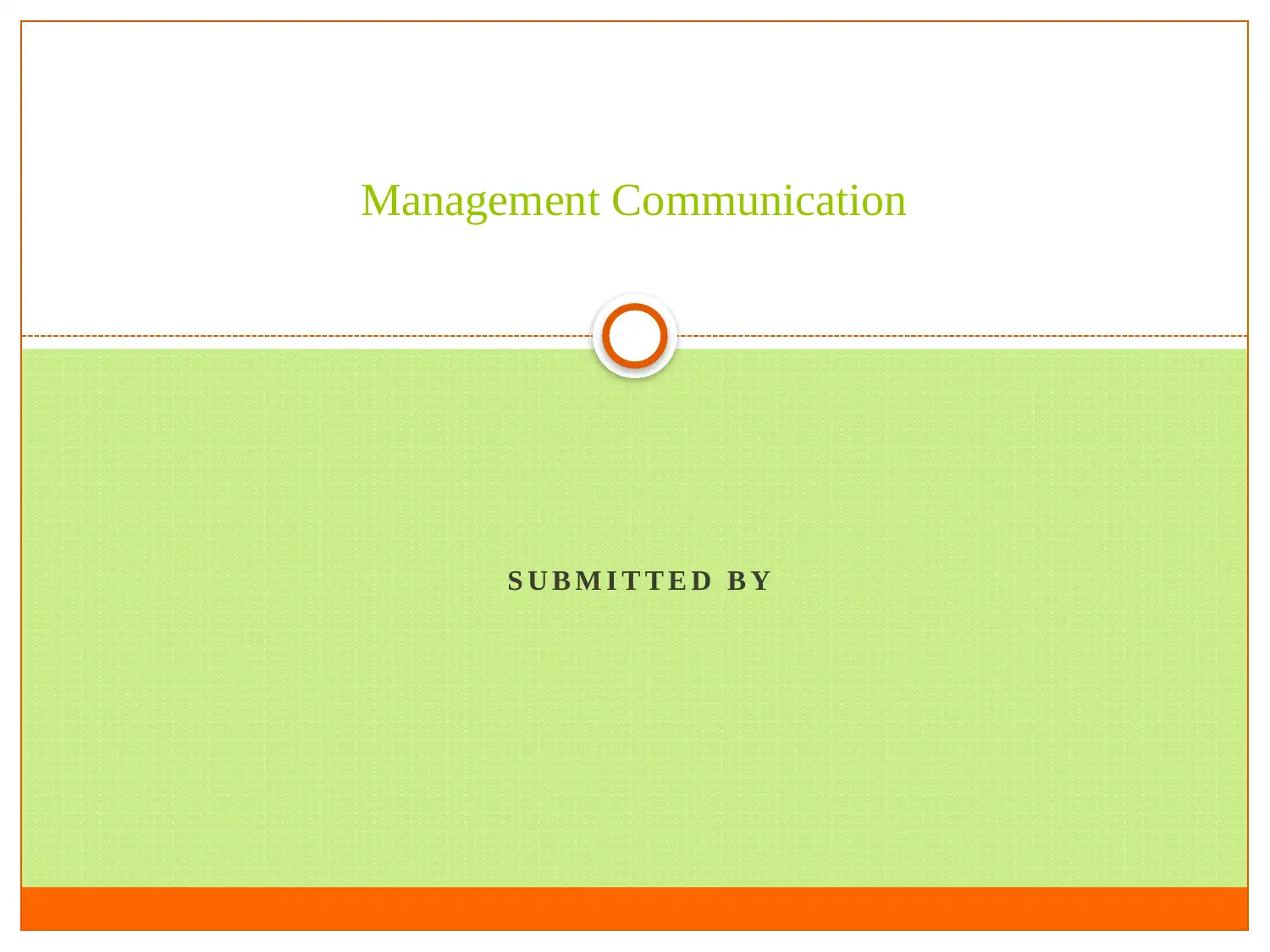
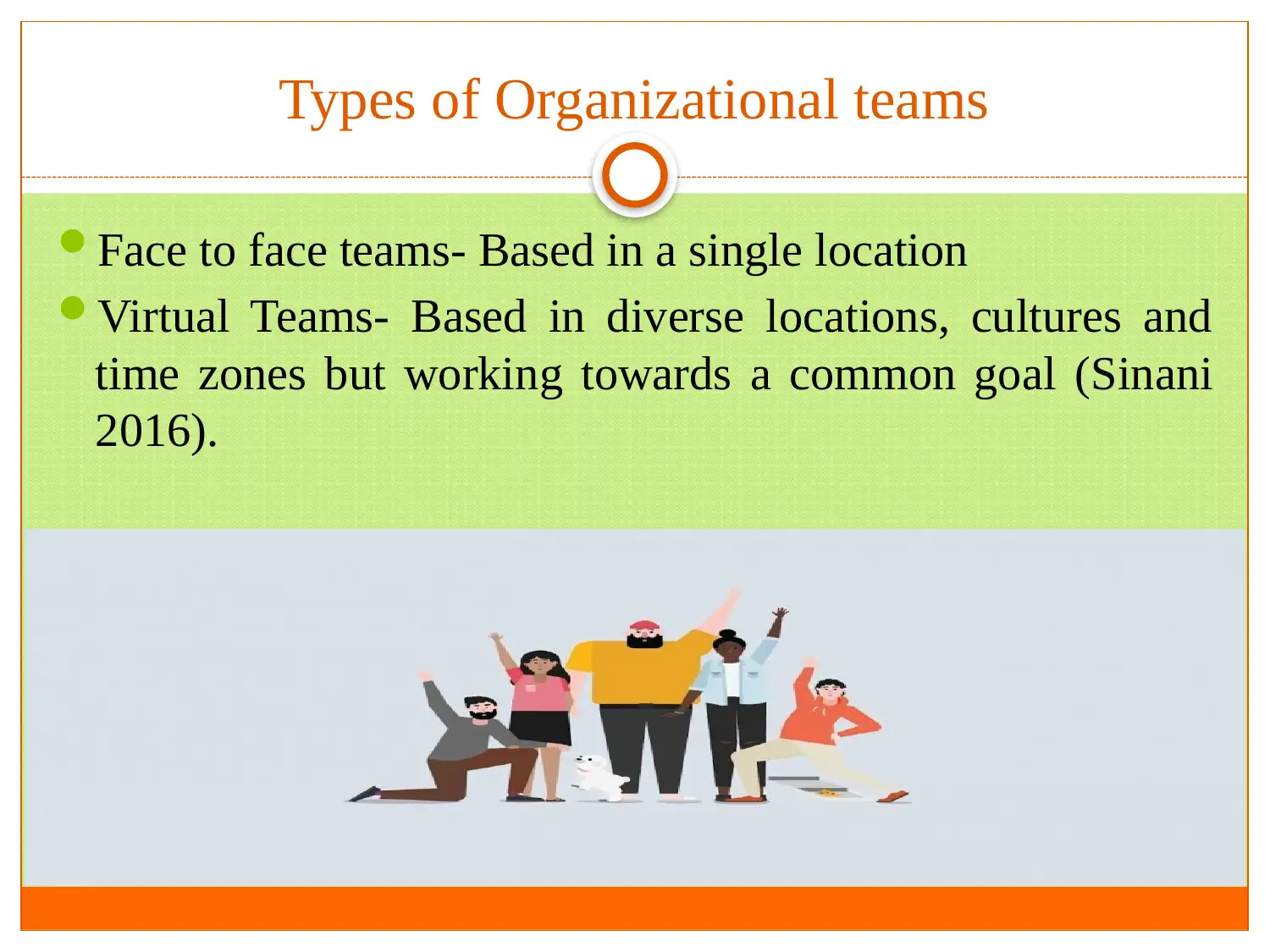
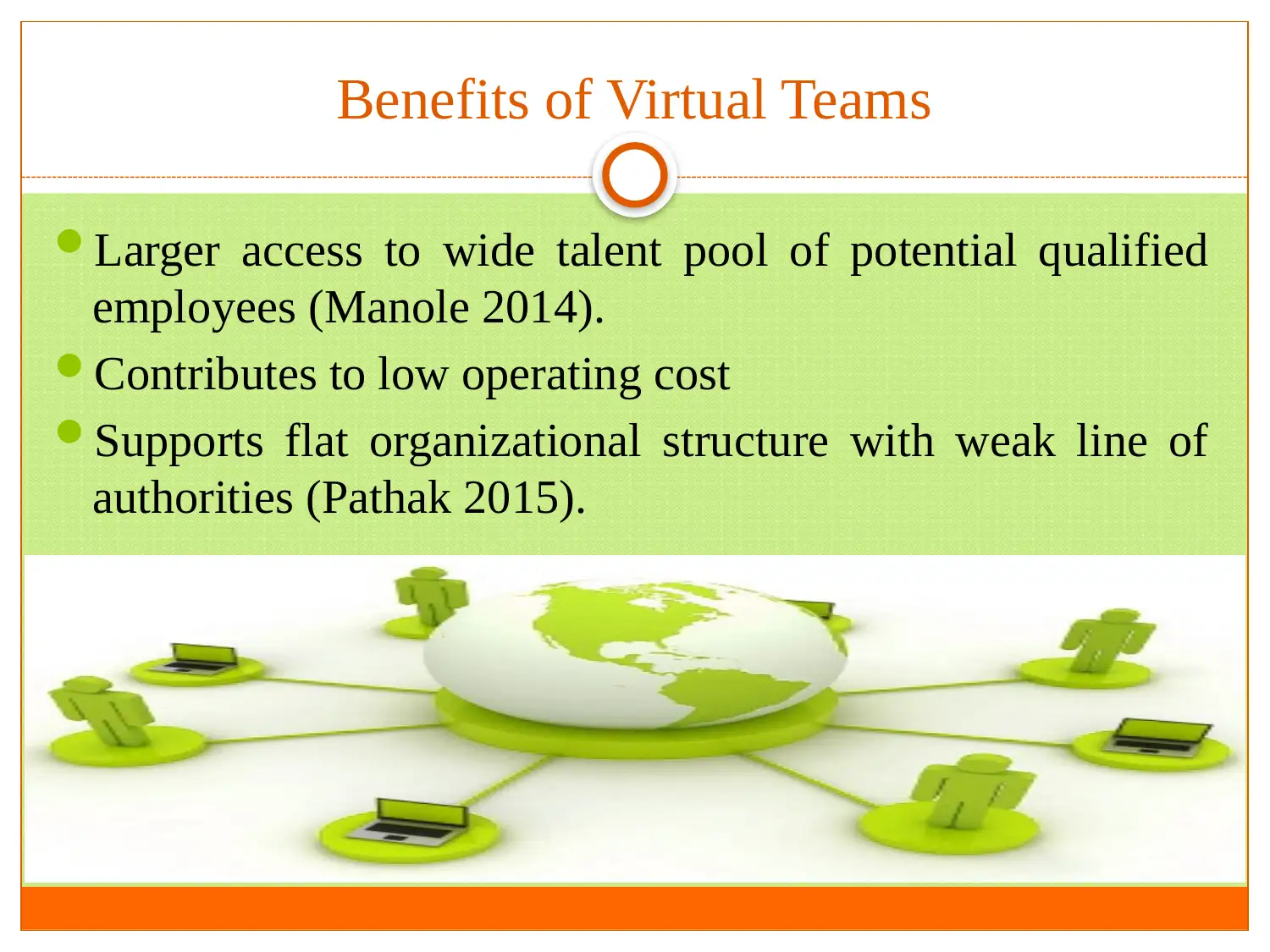

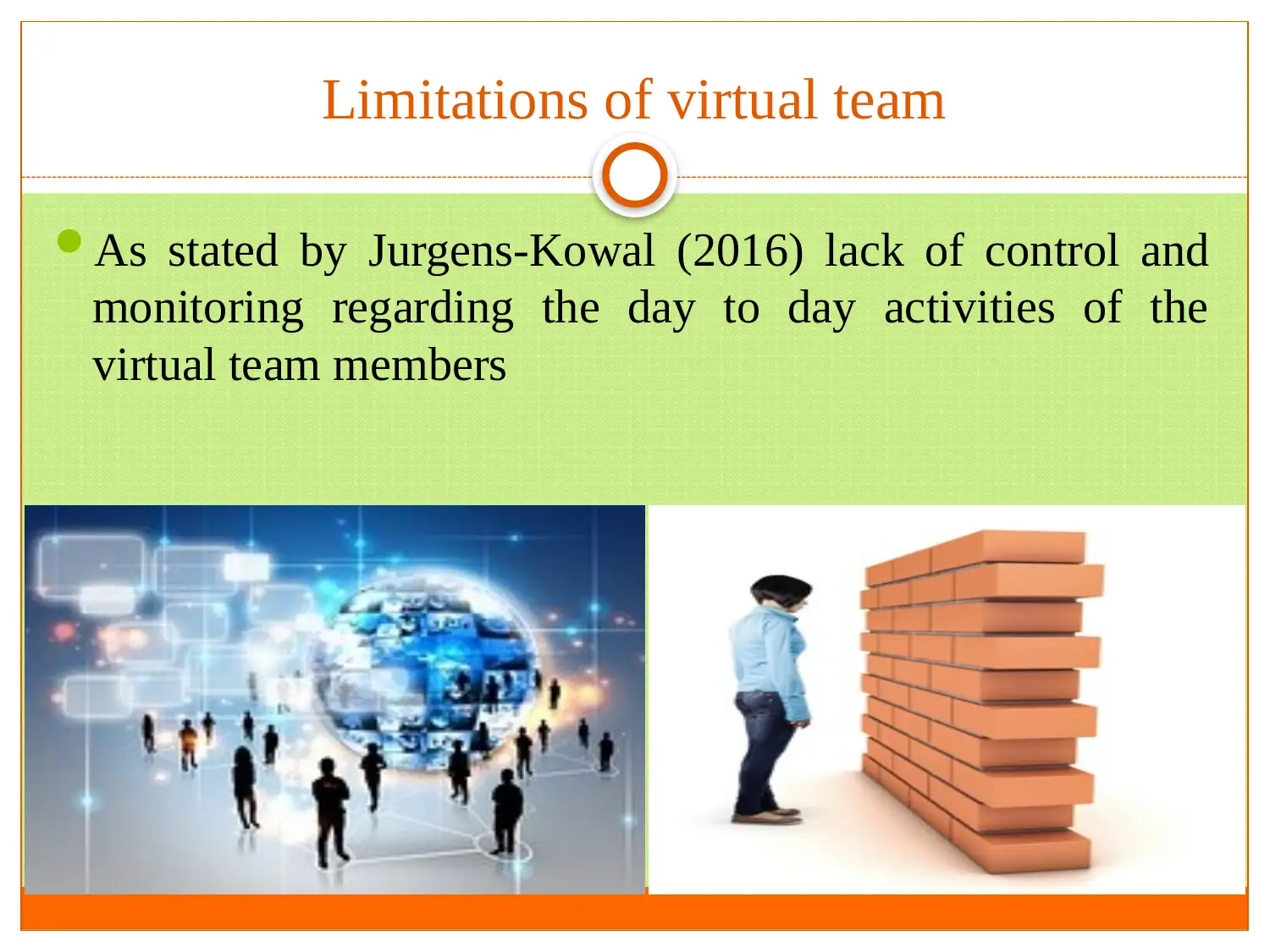
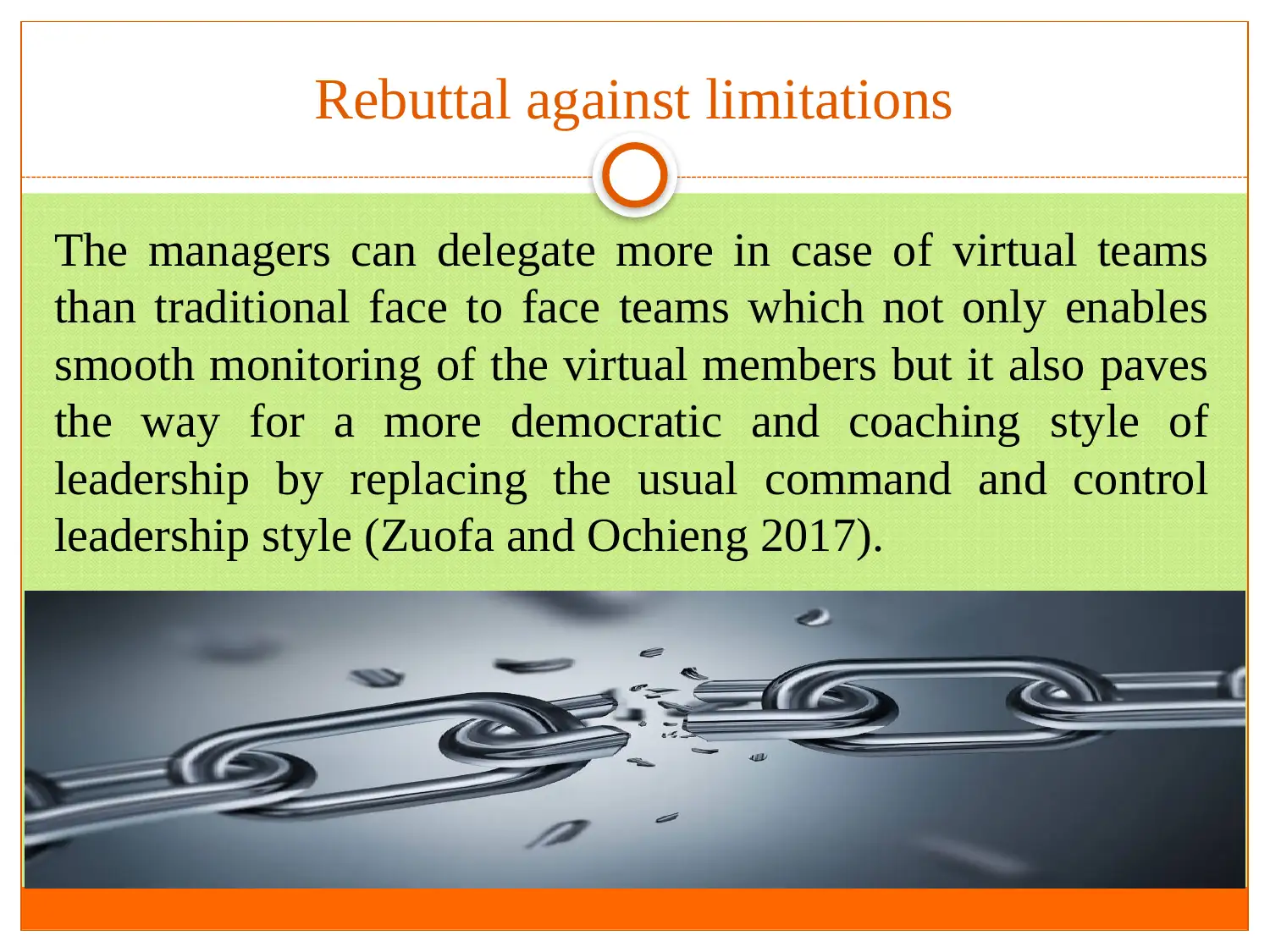
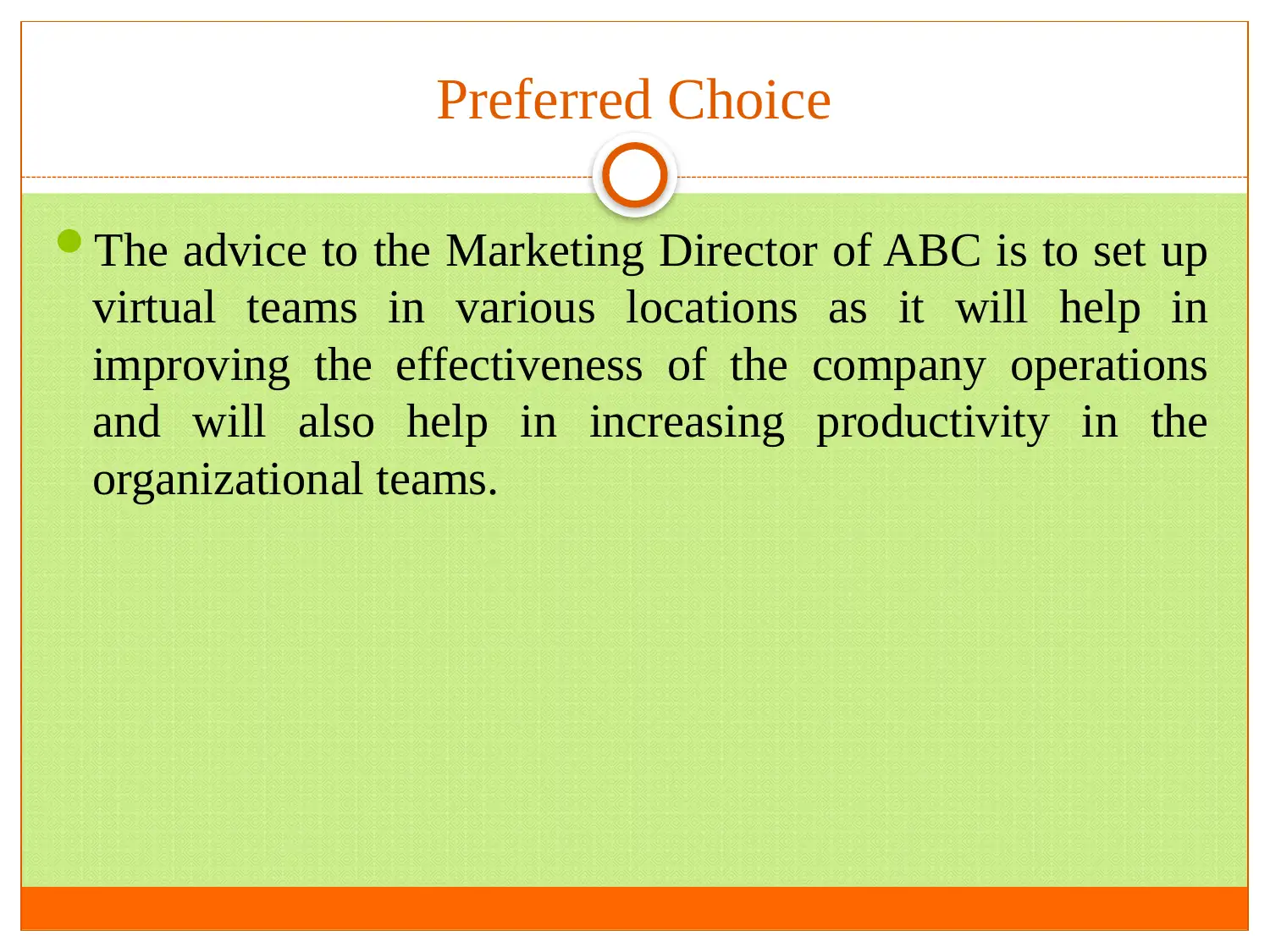
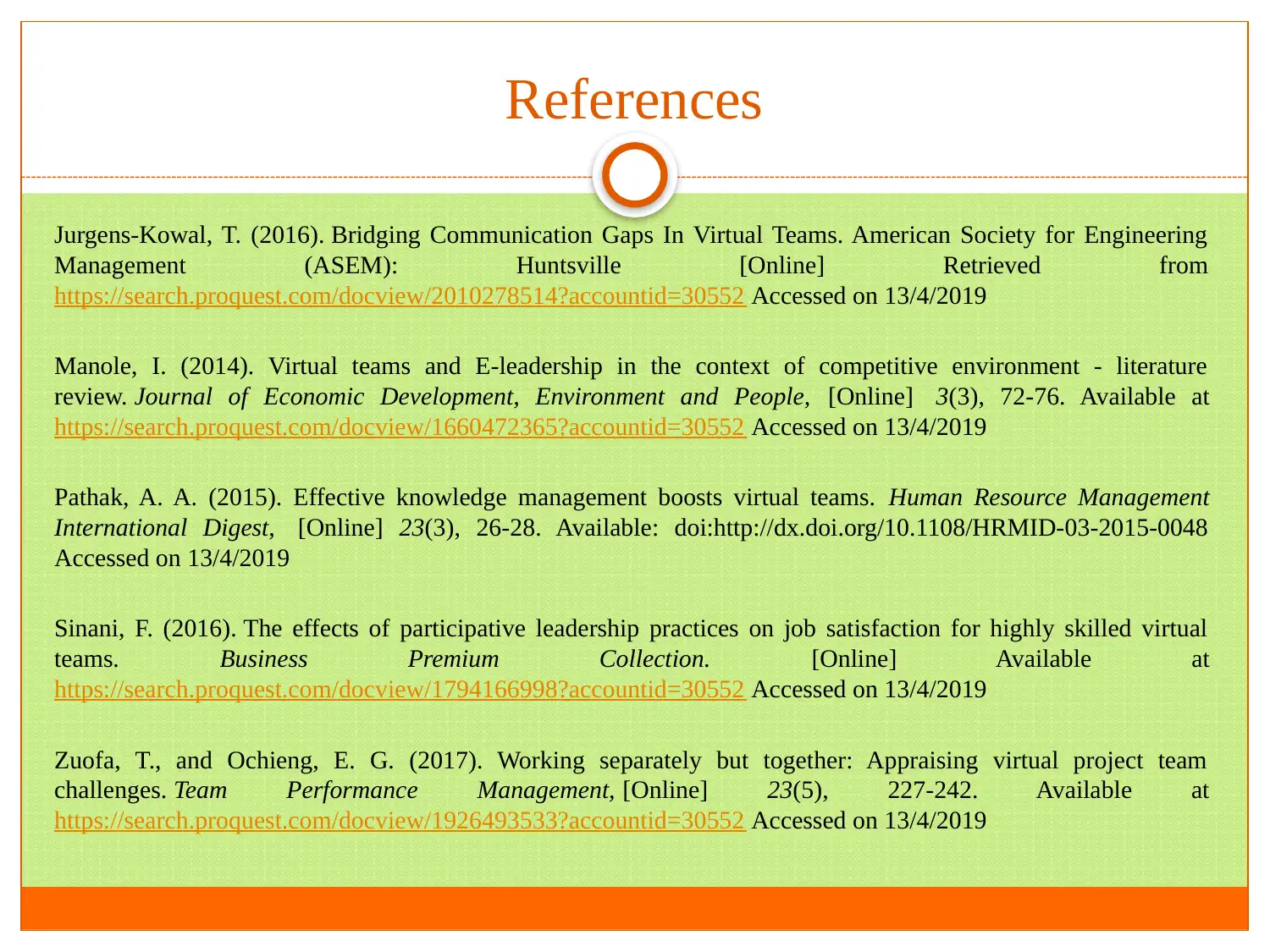




![[object Object]](/_next/static/media/star-bottom.7253800d.svg)